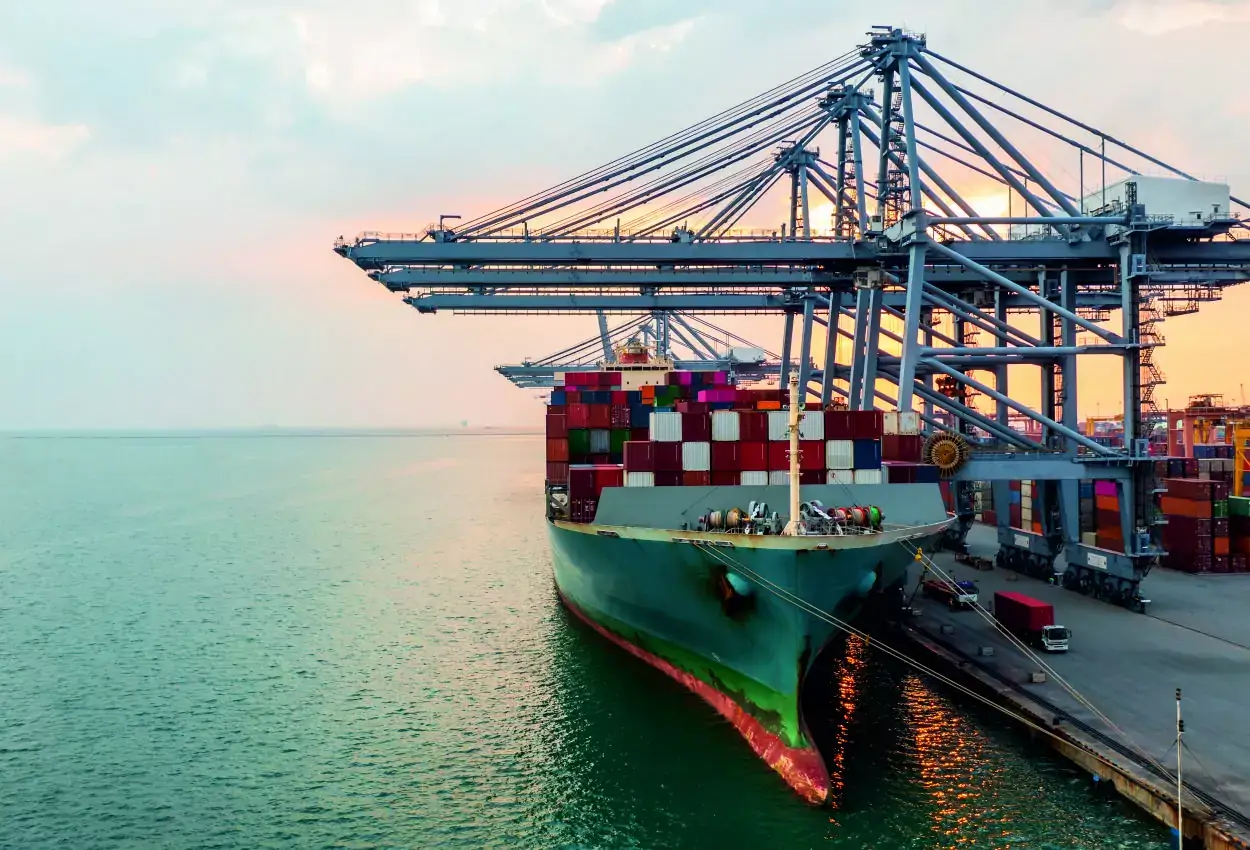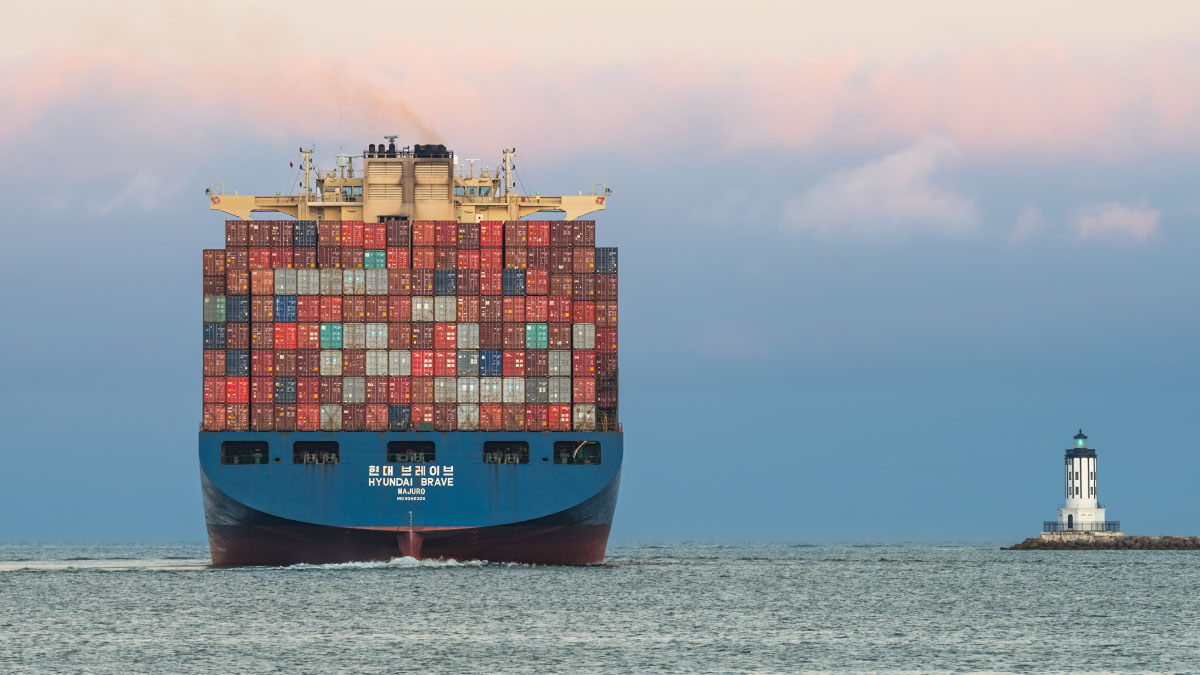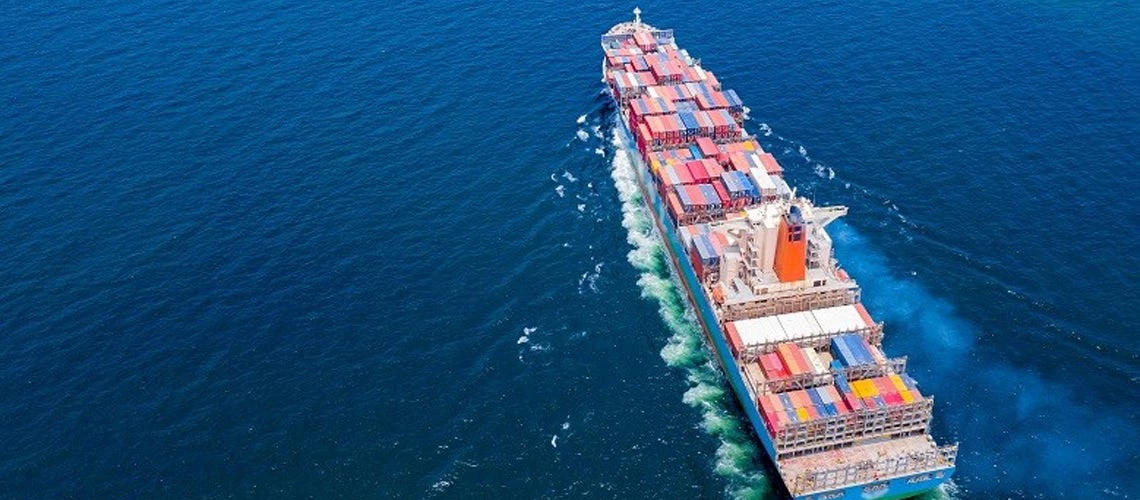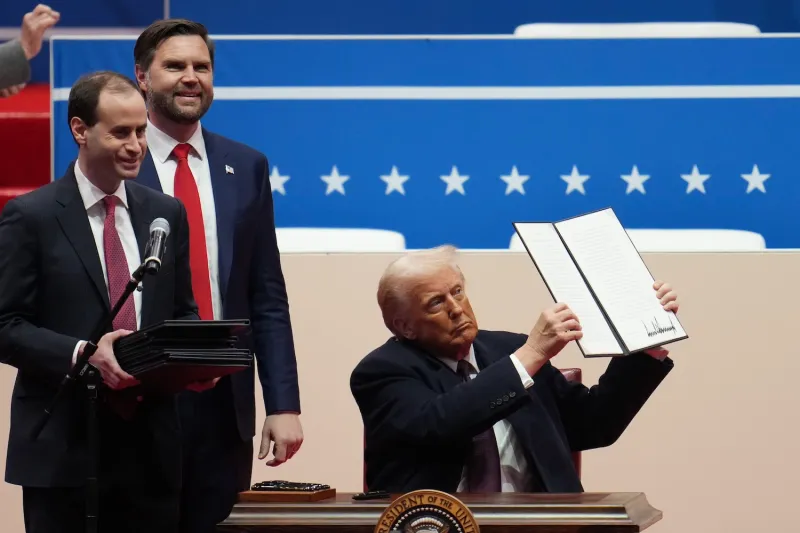Introduction to Global Trade Policy in 2025
Imagine a world where every product you buy, from your morning coffee to your smartphone, is shaped by a complex web of trade policies. In 2025, global trade policy is a dynamic puzzle, influenced by economic shifts, geopolitical tensions, and evolving strategies like tariffs and trade agreements. This article dives deep into the state of global trade policy, exploring recent developments, key trends, and their implications for businesses and consumers alike. Whether you’re a small business owner or just curious about the global economy, understanding these policies can help you navigate the challenges and opportunities of today’s interconnected world.
The State of Global Trade in 2025
Global trade in 2025 is a mixed bag of resilience and uncertainty. According to the UN Trade and Development (UNCTAD), world trade hit a record $33 trillion in 2024, growing by 3.7% from the previous year, largely driven by developing economies and services trade. However, 2025 brings new challenges: rising protectionism, trade imbalances, and geopolitical tensions threaten to disrupt this growth. While Asia and Latin America continue to drive trade, advanced economies like Europe and the US face stagnation, with trade growth slowing or even declining in some regions.
Key Drivers of Trade Growth
The surge in global trade in 2024 was no accident. Developing economies, particularly in Asia and Latin America, powered this growth, with services trade—think digital services, tourism, and logistics—expanding by 9% and adding $700 billion to the global economy. South-South trade (between developing countries) remains robust, but high tariffs, averaging 15% between regions like Latin America and South Asia, pose barriers to further growth. Meanwhile, digital markets are consolidating, with the top five digital multinationals now controlling 48% of global sales, up from 21% in 2017.
Challenges Facing Global Trade
Despite the record highs, 2025 is not all smooth sailing. Protectionist policies, where countries favor domestic industries through tariffs or restrictions, are on the rise, especially in advanced economies. These policies often spark retaliatory measures, creating a tit-for-tat cycle that disrupts global supply chains. Geopolitical tensions, such as those between the US and China, exacerbate trade imbalances, with the US trade deficit with China reaching $355 billion in 2024. Falling freight indices also signal weaker industrial activity, hinting at a potential slowdown.
Major Trade Policy Trends in 2025
Trade policies in 2025 are evolving rapidly, shaped by governments’ efforts to balance economic growth with national interests. From tariffs to trade agreements, these policies are redefining how goods and services move across borders. Let’s explore the key trends driving this transformation.
The Rise of Protectionism
Protectionism is back in a big way. Countries are increasingly using tariffs and trade barriers to shield domestic industries, particularly in sectors like clean energy and technology. For instance, the US has implemented “reciprocal” tariffs under the International Emergency Economic Powers Act (IEEPA), targeting countries based on their trade policies. However, a May 2025 ruling by the US International Court of Trade deemed these tariffs illegal, though they remain in effect pending an appeal. These measures have increased costs for US households by an estimated $1,300 annually.
Tariff Escalation and Its Impact
Tariff escalation—where higher tariffs are applied to finished goods than raw materials—continues to hinder developing countries’ ability to industrialize. This practice discourages exporting value-added products, locking many nations into raw material production. For example, South-South trade faces tariffs averaging 15%, stifling manufacturing growth in regions like Africa and Latin America. Policymakers are urged to balance tariffs with trade liberalization to foster economic development without sacrificing competitiveness.
Friendshoring and Nearshoring Reversal
In 2024, trends like friendshoring (trading with geopolitical allies) and nearshoring (relocating supply chains closer to home) reversed as businesses prioritized efficiency over geopolitics. This shift has led to a more diverse, yet fragmented, global supply chain. Companies are now navigating a delicate balance between cost, proximity, and political alignment, with mixed results for trade stability.
Digital Trade and Market Concentration
Digital trade is booming, but it’s increasingly concentrated. Seven of the world’s ten most valuable companies in 2025 are digital giants, spanning e-commerce, cloud services, and AI. This concentration raises concerns about market power and trade fairness, as smaller players struggle to compete. Policies targeting digital trade, such as data localization and cybersecurity regulations, are shaping how these giants operate globally.
Regional Perspectives on Trade Policy
Trade policies vary significantly across regions, reflecting unique economic priorities and challenges. Here’s a closer look at how different parts of the world are navigating the 2025 trade landscape.
Asia: The Engine of Growth
Asia remains a powerhouse, with countries like China and India driving global trade. China’s trade surplus hit a record high in 2022 levels, while its trade with ASEAN and the EU grew by 9.4% and 3.9%, respectively, in the first half of 2025. India, meanwhile, is strengthening ties with BRICS nations and exploring new trade agreements, such as the Trade and Economic Partnership Agreement (TEPA) with the European Free Trade Association (EFTA). However, rising trade barriers and policy uncertainty are slowing growth, with China’s economic expansion projected to dip to 4.5% in 2025.
Europe: Shifting to Surplus
The European Union flipped from a trade deficit to a surplus in 2024, driven by energy price changes and a 6% jump in exports in Q1 2025. However, trade with Central Asia has declined, and intra-regional trade faces challenges from rising protectionism. The EU is focusing on industrial policies to bolster sectors like clean energy, but these efforts risk distorting competition and triggering retaliatory measures from trading partners.
Africa: Struggling with Intra-Regional Trade
Africa’s intra-regional trade is shrinking, reversing earlier gains. High tariffs and logistical challenges hinder South-South trade, particularly for value-added goods. The African Continental Free Trade Area (AfCFTA) aims to address these issues, but progress is slow. Meanwhile, commodity exporters face declining demand due to global trade tensions, putting pressure on economic growth.
Americas: Trade Deficits and Tariffs
The US is grappling with a growing trade deficit, particularly with China ($355 billion) and the EU ($241 billion). The Trump administration’s tariffs, affecting $2.3 trillion of US goods imports, have sparked debates about their economic impact. In contrast, Latin America continues to drive trade growth, with countries like Brazil strengthening ties with Russia and other BRICS nations to counter US tariffs.
The Role of Tariffs in 2025
Tariffs are a double-edged sword in 2025. They protect domestic industries and generate revenue but also raise costs for consumers and businesses. UNCTAD’s March 2025 report highlights that two-thirds of global trade occurs without tariffs, thanks to trade agreements and most-favored-nation (MFN) treatment. However, high tariffs in South-South trade and tariff escalation continue to challenge developing economies.
Pros and Cons of Tariffs
Here’s a quick breakdown of tariffs’ benefits and drawbacks:
- Pros:
- Protect domestic industries from foreign competition.
- Generate government revenue for public investments.
- Encourage local production and job creation.
- Cons:
- Increase costs for consumers and businesses.
- Spark retaliatory trade measures, disrupting supply chains.
- Hinder developing countries’ industrialization efforts.
Comparison: Tariffs vs. Trade Liberalization
| Aspect | Tariffs | Trade Liberalization |
|---|---|---|
| Purpose | Protect domestic industries, raise revenue | Promote open markets, reduce trade barriers |
| Impact on Prices | Increases costs for consumers | Lowers costs through competition |
| Economic Growth | May slow global trade growth | Boosts trade and economic integration |
| Developing Nations | Limits industrialization | Encourages value-added exports |
Geopolitical Tensions and Trade
Geopolitical tensions are a major wildcard in 2025. The US-China trade deficit, ongoing conflicts, and shifting alliances are reshaping trade flows. For example, India and Brazil are deepening ties with Russia to counter US tariffs, signaling a move toward a multipolar trade order. Meanwhile, digital trade policies are becoming a new battleground, with countries imposing regulations to protect data and curb the power of digital giants.
The Risk of Global Fragmentation
The biggest threat to global trade in 2025 is fragmentation, where nations form isolated trade blocs. This could undermine decades of trade liberalization and economic integration. UNCTAD warns that preventing fragmentation requires coordinated policy efforts to foster transparency and resolve trade disputes. Without these, global trade growth could stall, with ripple effects for economies worldwide.
Tools and Resources for Navigating Trade Policy
For businesses and policymakers, staying informed about trade policies is critical. Here are some of the best tools and resources for 2025:
- UNCTAD Global Trade Updates: Monthly reports offering data and insights on trade trends. Available at unctad.org.
- World Bank Global Economic Prospects: Detailed forecasts on trade and economic growth. Access at worldbank.org.
- WTO Trade Statistics: Comprehensive data on global trade volumes and policies. Visit wto.org.
- Tax Foundation: Analysis of tariff impacts, especially in the US. Check taxfoundation.org.
People Also Ask (PAA)
What are the main trade policies in 2025?
In 2025, trade policies focus on protectionism, tariffs, and industrial strategies. Countries are using tariffs to shield domestic industries, while trade agreements like the AfCFTA and TEPA aim to boost regional trade. Digital trade regulations and efforts to counter geopolitical tensions are also key.
How do tariffs affect global trade?
Tariffs protect local industries but raise costs for consumers and spark retaliatory measures. They can hinder developing countries’ industrialization by discouraging value-added exports. In 2025, tariffs affect $2.3 trillion of US imports, increasing household costs by $1,300 annually.
Why is global trade slowing in 2025?
Global trade faces headwinds from protectionism, geopolitical tensions, and falling industrial activity. Freight indices are down, and trade imbalances, like the US-China deficit, are widening. Policy uncertainty and potential fragmentation further threaten growth.
Where can I find reliable trade data?
Reliable trade data is available from UNCTAD (unctad.org), the World Bank (worldbank.org), and the WTO (wto.org). These sources provide monthly updates, economic forecasts, and detailed trade statistics to guide decision-making.
FAQ Section
What is global trade policy?
Global trade policy refers to the rules, regulations, and agreements governing international trade. In 2025, it includes tariffs, trade agreements, and industrial policies aimed at balancing economic growth with national interests.
How do trade policies affect consumers?
Trade policies like tariffs increase the cost of imported goods, raising prices for consumers. For example, US tariffs in 2025 add an estimated $1,300 to household expenses annually, while trade liberalization can lower costs by fostering competition.
Are trade agreements still relevant in 2025?
Yes, trade agreements remain crucial. Initiatives like the AfCFTA and TEPA promote regional trade and economic integration, countering the rise of protectionism and fostering cooperation among nations.
How can businesses navigate trade policy changes?
Businesses can stay informed through resources like UNCTAD and WTO reports, diversify supply chains, and engage with trade experts to adapt to tariffs, regulations, and geopolitical shifts.
What is the outlook for global trade in 2025?
The World Bank projects global growth to slow to 2.3% in 2025, with trade facing risks from escalating tensions, protectionism, and policy uncertainty. However, services trade and regional agreements offer opportunities for resilience.
Conclusion: Adapting to a New Trade Reality
Global trade policy in 2025 is a balancing act between opportunity and uncertainty. While record trade volumes show resilience, rising protectionism, tariffs, and geopolitical tensions threaten to fragment the global economy. For businesses, staying agile means leveraging tools like UNCTAD and WTO data, diversifying supply chains, and understanding regional trends. For consumers, the impact of policies like tariffs is felt in higher prices, but trade agreements offer hope for more open markets. As we navigate this shifting landscape, one thing is clear: the actions taken today will shape the future of global trade for years to come. Stay informed, stay adaptable, and let’s keep the world trading.




